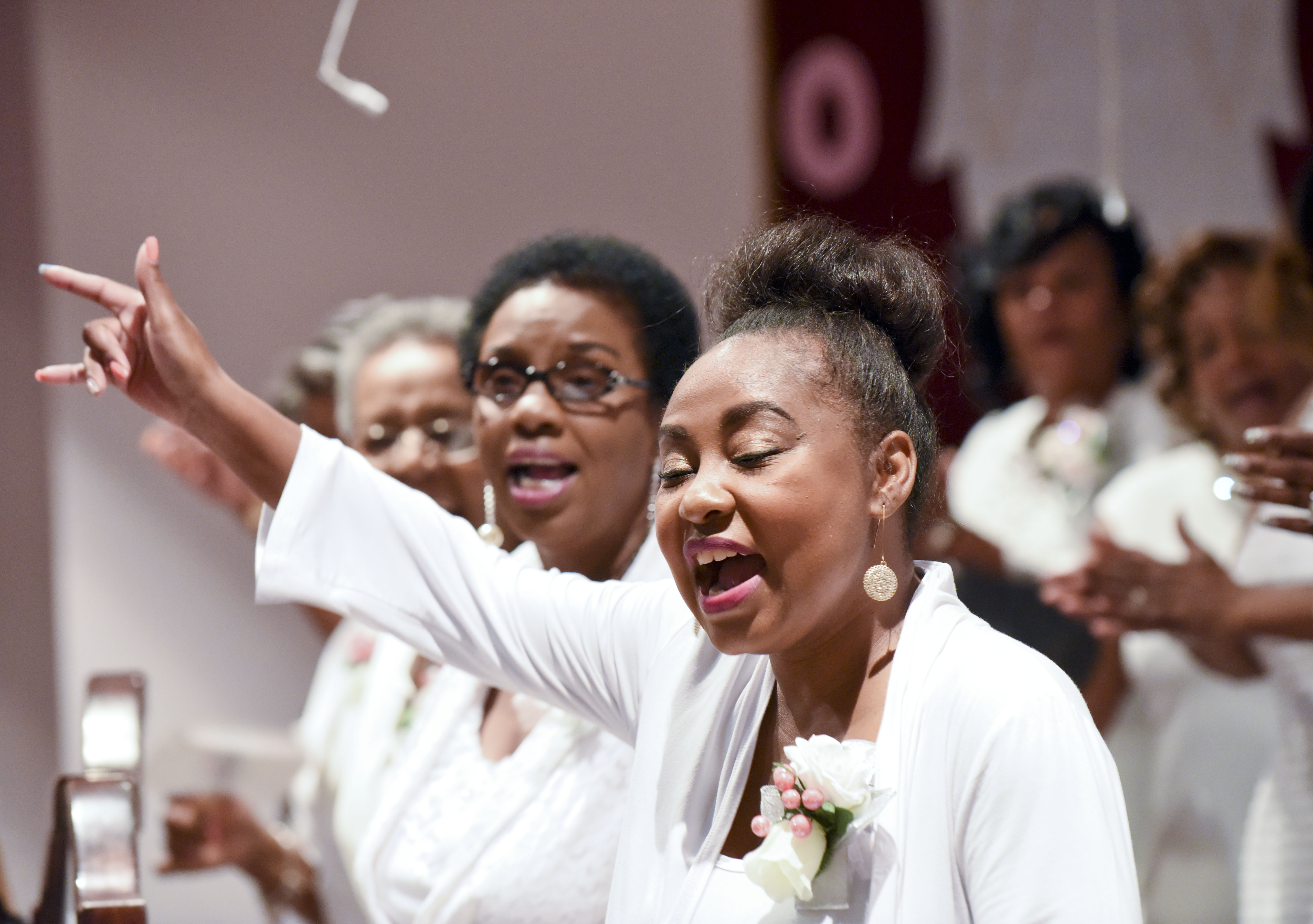
By Solomon Crenshaw Jr.
For the Birmingham Times
It was the hymn that hit home.
For Women’s Day 2017 at Mount Joy Baptist Church in Trussville, minister of music Gwendolyn Harry took great care in selecting songs for the women’s chorus. Dressed in white with white-and-pink corsages, their renditions included “God Has Smiled on Me” and “The Storm Is Almost Gone.” But the song that followed the morning message — “Oh How Precious Is the Name of Jesus” — really hit home, Harry said.
“That one really was the highlight,” she said. “Through all the years the church has been here, it had to be Jesus being on our side to keep the church here. To keep the church 160 years, you know God had to be on our side.”
Mount Joy, born during slavery in 1857, is the oldest African-American church in Jefferson County.
In Birmingham, there are at least 11 churches that were established in the 1800s — including St. Paul United Methodist Church (1869) and Sixteenth Street Baptist Church (1873). At least another 12 are 100 years old or older, and two more will celebrate centennials by 2019.
“The longevity of our church is God,” said the Rev. Arthur Price Jr., pastor of Sixteenth Street Baptist Church in downtown Birmingham. “Being consistent to biblical principles [and] biblical precepts … contributes to the longevity of the church.”
The Rev. Truitt Evans Sr., pastor of Broad Street Missionary Baptist Church in Birmingham, established in 1878, said a stable community is essential for maintaining a healthy church family.
“First and foremost, the Word of God is a living organism that will never die,” he said. “Aside from all else, we must depend on that fact. With that in mind, we continue to offer the Holy Scripture in its undiluted form, depending on God Himself to effect continuing stability and growth.”
Endurance
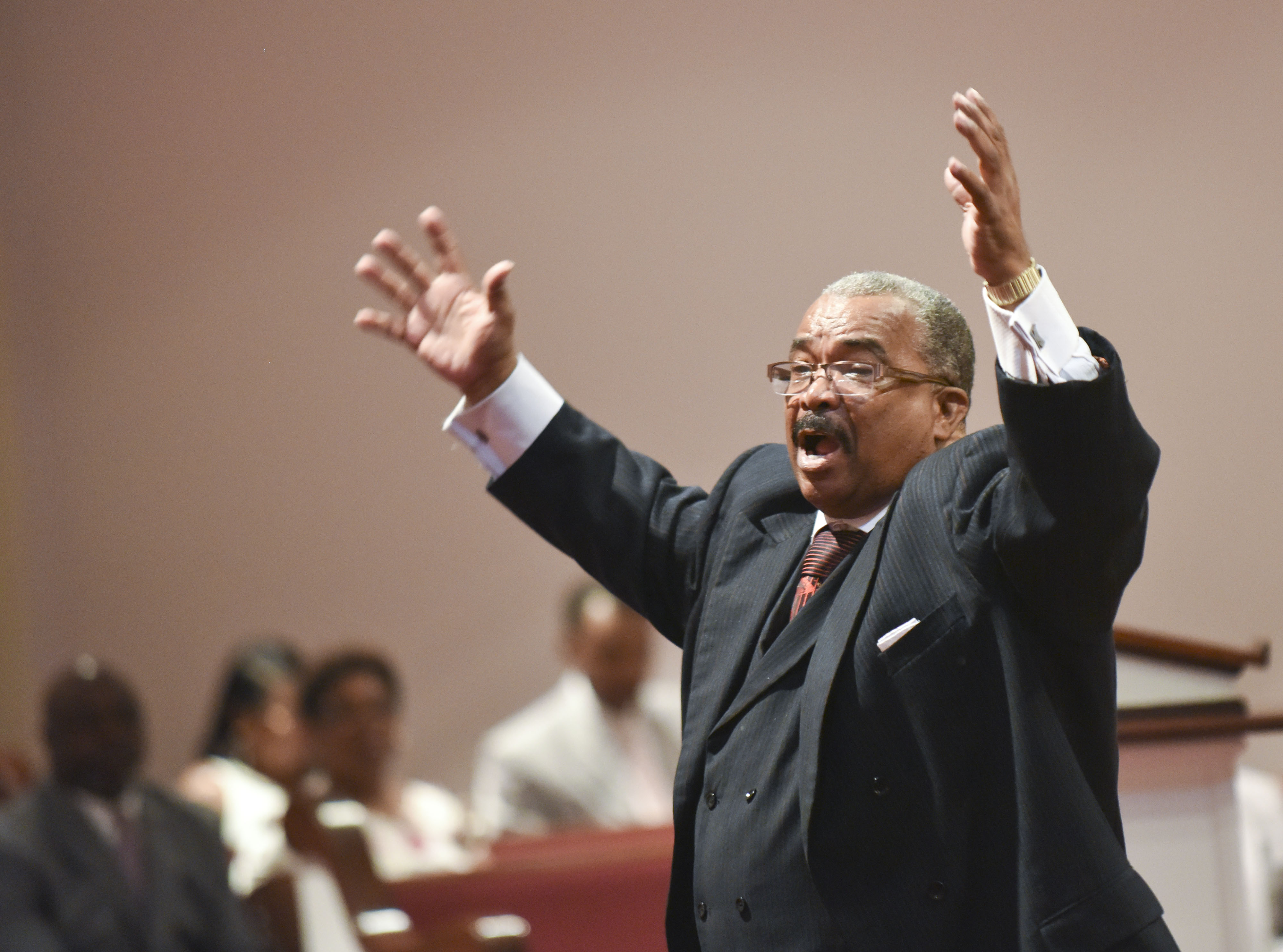
Mount Joy, located at 4200 Valley Road in Trussville, has endured since being founded 160 years ago. It is the only church founded by slaves in Jefferson County that is still active. When its current pastor, the Rev. Larry Hollman, arrived in 1992, it faced a lack of finances and a lack of members, dipping as low as 12 parishioners.
Hollman remembers coming to Mount Joy to conduct a service and hearing a sermon on his car radio — “Making Bricks Without Straw.” As he drove home, he heard another sermon from the same scripture. When he returned for the evening service at Mount Joy, he heard a third preacher deliver a sermon from the same scripture. He considered preaching the sermon himself but soon realized its deeper meaning: “The Spirit said to me, ‘That’s not a sermon. That’s what you’ve got to do. That’s your assignment, your mission.’”
The next week, Hollman was installed as Mount Joy’s pastor — and his first sermon was titled “Making Bricks Without Straw.”
“I preach that every year to remind me where I came from,” he said.
Hollman’s arrival proved to be a catalyst for Mount Joy’s new church building in 1998, and then its current $1.1 million home, called “Joyland,” in 2008.
‘Gideon Moments’
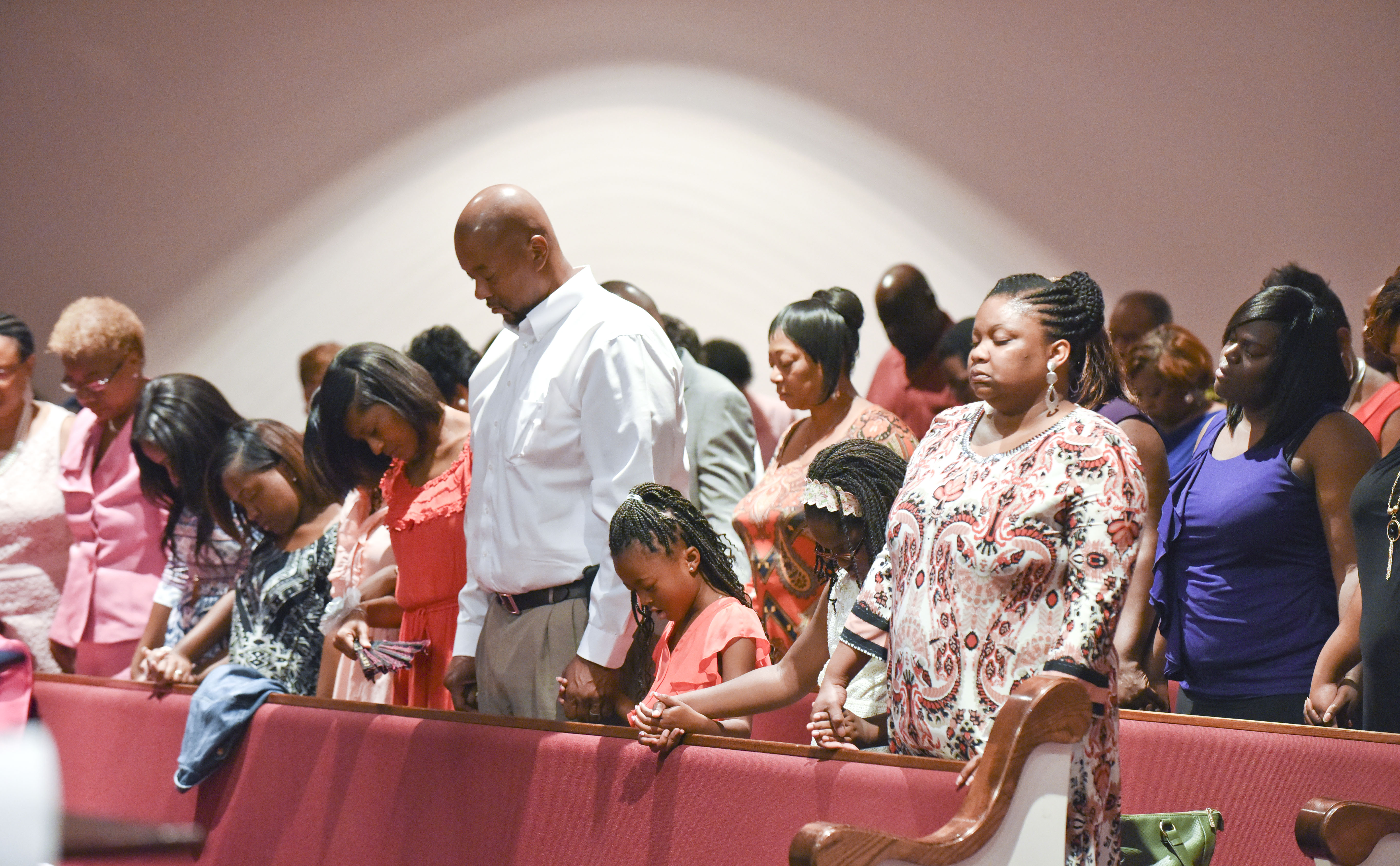
Bishop Willie Florence, an associate minister at Mount Joy, referred to a Sunday school lesson he taught about Gideon, who doubted that he could do what God wanted him to do.
“I think we all have gone through Gideon moments,” he said. “But the good news is we had some prayer warriors who were determined to go on. It wasn’t what they saw, but they had faith in God and trusted that God would deliver them in spite of what it looked like. That’s why [Mount Joy] is still here after 160 years. Everybody didn’t have faith, but there were a faithful few who made the difference.”
Before Mount Joy’s formation, blacks were members of the “white people’s church.” On Sunday mornings, they were seated in the rear of the building and not allowed to participate in the worship service. On Sunday afternoons, the history reads, the white minister would preach to the colored people.
Later, in 1857, the black congregants were kindly dismissed and told to organize their own church. They started by holding meetings in the homes of black members and took on the name Mount Joy Baptist Church. Shortly after organizing, the group was given property and built a small church building in the Trussville area. Then a black man named Henry Talley donated property, and a church was built on the hill where the church stands today.
Fires destroyed Mount Joy’s historical records in 1914 and the church building in 1942. When Hollman arrived 35 years ago, the church had no heat, no indoor bathrooms, and rainwater-soaked carpet.
His arrival “was a turning point,” said 52-year-old Janice Wallace, a Mount Joy member from her childhood. “God sends people for that time, and it was Rev. Hollman’s time because he came in with a mind to work. He came in with a mind to rebuild the community, rebuild the church, and bring together the two churches that had come out of Mount Joy.
“He came with the vision God had given him—that we were going to come together in one building,” she continued. “Through God, that happened.”
Growth
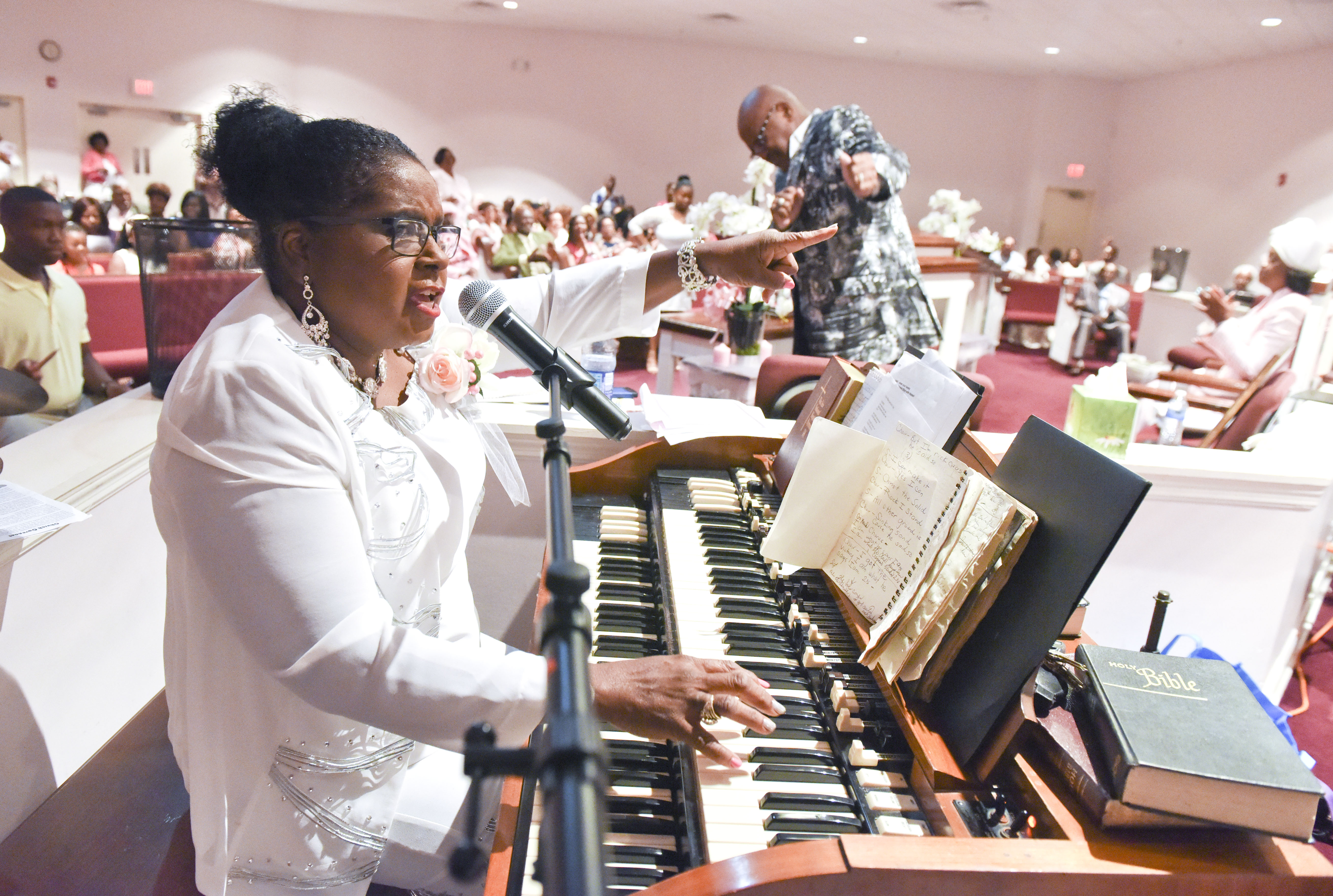
Hollman preached growth from the outset and was unwavering in that message. He talked about reuniting Mount Joy with the two churches that had split from it. Mount Canaan Baptist Church of Trussville, which had separated from Mount Joy 84 years earlier, was down to 15 members in 1998; that year, its members voted to merge with Mount Joy. And Trussville’s New Bethel Baptist, which had 25 members who had formerly been with Mount Joy, merged with the home church in 2000.
Mount Joy has also a renewed relationship with a white church in the community: First Baptist Church of Trussville.
“Every other month, we go up there to Sunday school and they come down here, us and First Baptist,” Hollman said. “We reconnected. You need to know your past, but you don’t need to dwell in it. And you don’t need to live in the past because you never can enjoy what God has for you in the future.
“Those down there weren’t the ones that enslaved people,” he said. “People are just people. That’s what I’m teaching here.”
Still Relevant
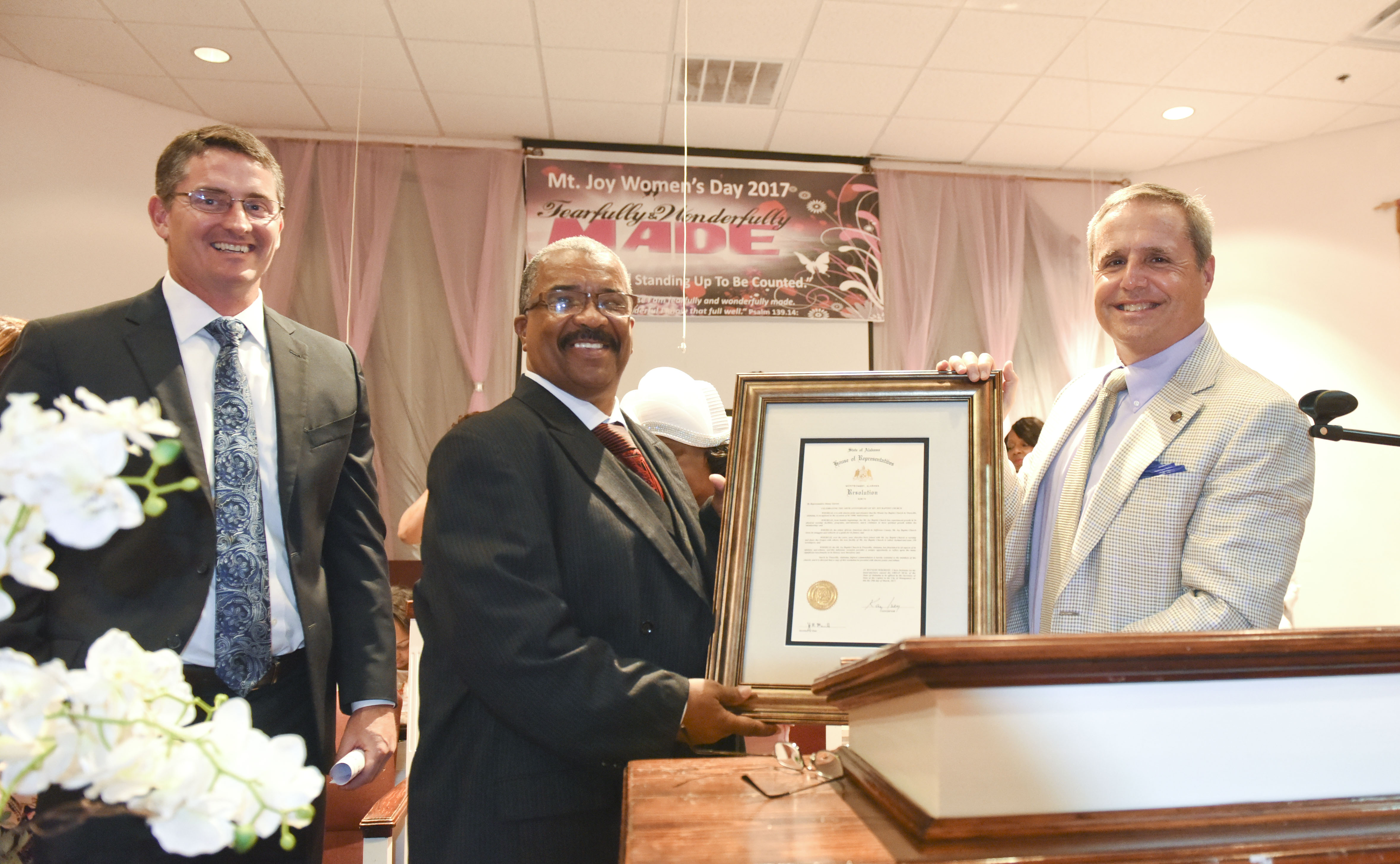
While Mount Joy is more than a century and a half old, it continues to make itself relevant. Sunday service begins at 10:30 a.m., rather than the traditional 11 a.m. And on Wednesdays, the church offers two Bible studies: one in the morning for those who don’t like to venture out at night and another in the evening. Membership sits at about 200, with average attendance being 110; the two Bible study sessions draw about 45.
Mount Joy has an app through which members can make their donations, and it has a website — mtjoybaptist.com/ — that streams some services online for out-of-towners.
“I’ve got Memphis. I’ve got Hawaii. I’ve got Mobile. I’ve got California,” Pastor Hollman said. “Last year, I personally visited all of them, as well as two in Atlanta. You’ve got to be where people are now, and you’ve got to have what they’re looking for.”
For other stories in the series, click here and here.



